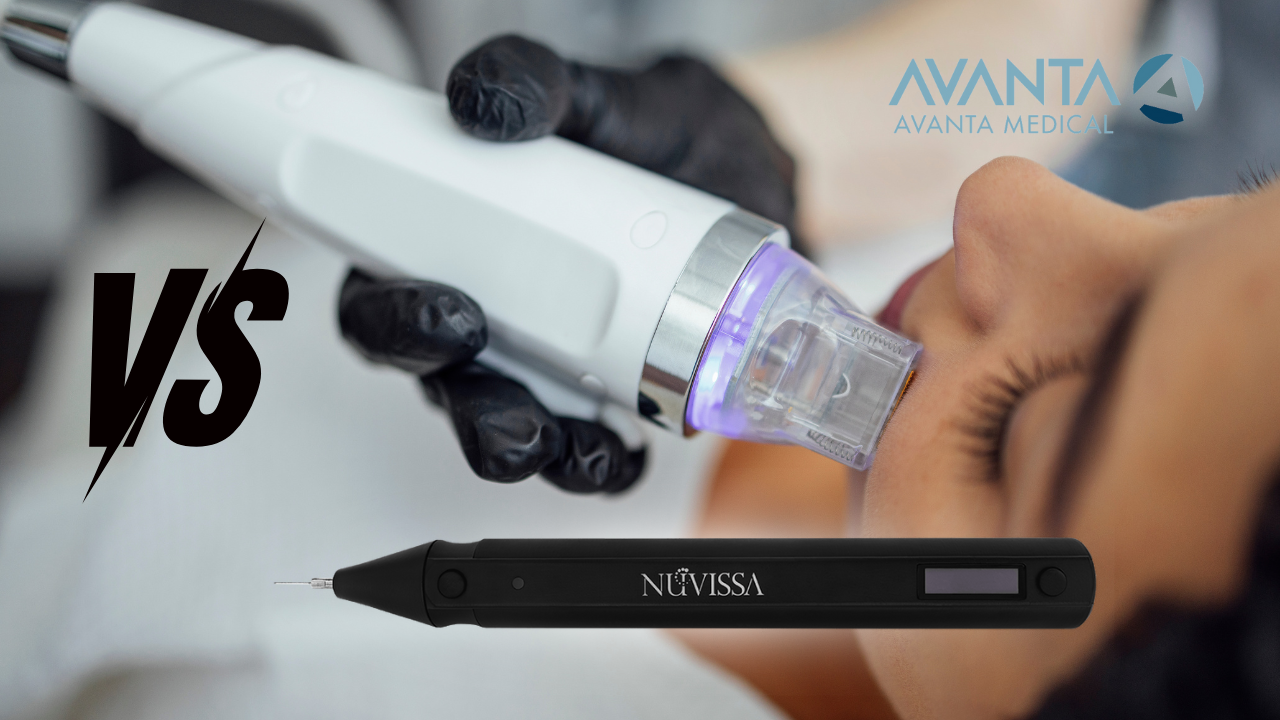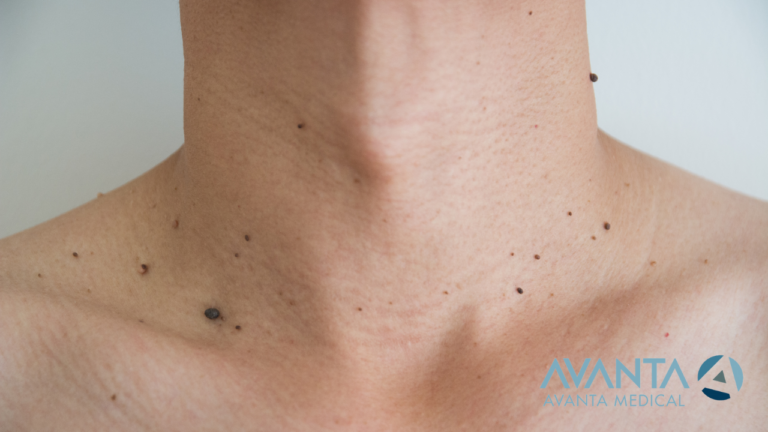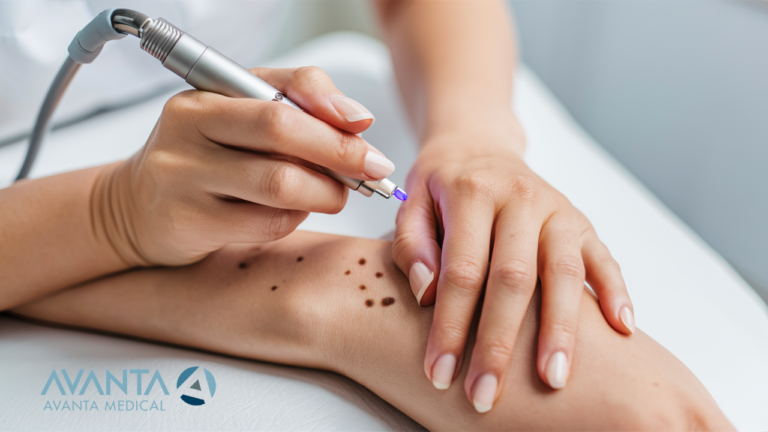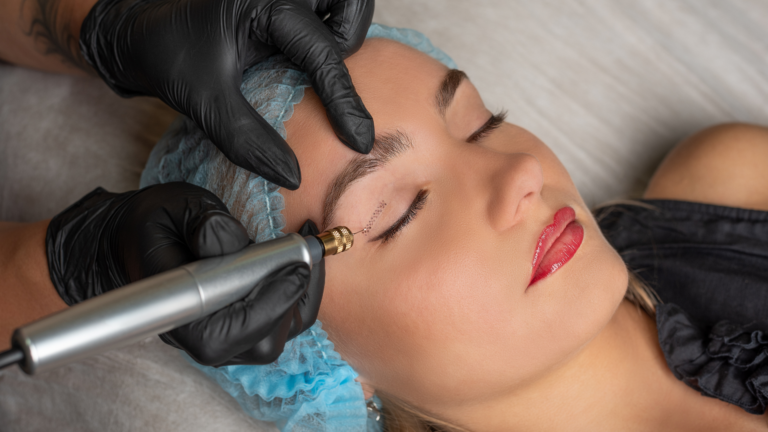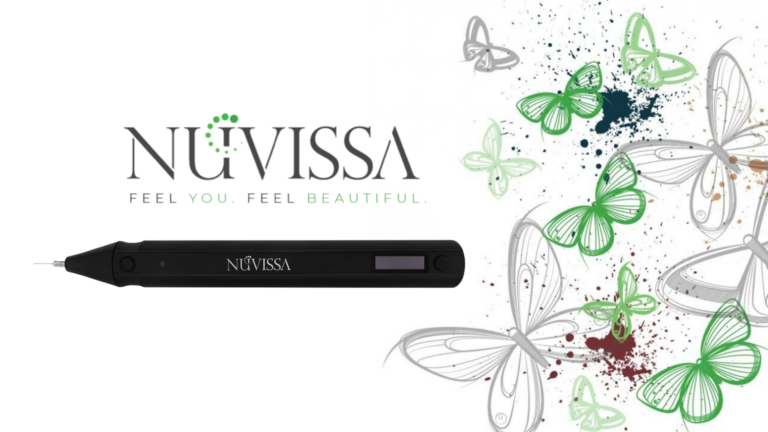NuVissa Plasma Pen vs. Microneedling: Which is Right for Your Practice?
In the world of aesthetic treatments, achieving radiant, youthful skin is a top priority for patients. As a provider, offering the best solutions for skin rejuvenation is key to staying ahead in the competitive aesthetics industry.
Two popular treatments making waves in clinics and med spas are the NuVissa Plasma Pen vs. Microneedling.
Both are effective, minimally invasive options, but which one is right for your practice?
Let’s explore the key differences and benefits of these two technologies.
Table of Contents
What is the NuVissa Plasma Pen?
The NuVissa Plasma Pen is a cutting-edge device that uses plasma energy to stimulate collagen and elastin production in the skin. It creates tiny, controlled injuries on the skin’s surface, triggering the body’s natural healing process.
This device is particularly effective for treating fine lines, wrinkles, sagging skin, and even skin tightening in delicate areas like the eyelids.
Key Features:
- Non-surgical alternative to facelifts
- Precision targeting for delicate areas
- Minimally invasive with fast recovery
To truly understand the remarkable capabilities of the NuVissa Plasma Pen, it helps to see the device in action.
In this video, we’ll explore how the NuVissa Plasma Pen works and the incredible results it can achieve.
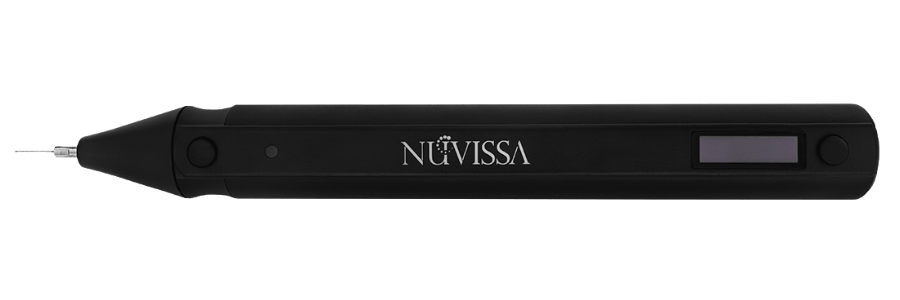
From its innovative use of plasma energy to its ability to target fine lines and sagging skin with precision, this demonstration highlights why it’s a game-changer for non-surgical skin rejuvenation.
Watch now to discover the science behind this advanced treatment and how it can elevate your aesthetic offerings.
What is Microneedling?
Microneedling involves using a device equipped with fine needles to create microchannels in the skin. These micro-injuries promote collagen production and improve the skin’s texture and tone.
Often combined with serums or PRP (platelet-rich plasma), microneedling is versatile and suitable for a variety of skin concerns.
Key Features:
- Improves scars, stretch marks, and fine lines
- Enhances absorption of topical serums
- Safe for most skin types
Comparing the Technologies: NuVissa Plasma Pen vs. Microneedling
Treatment Precision
The NuVissa Plasma Pen excels in precision, making it ideal for treating hard-to-reach areas such as around the eyes, lips, and jawline.
In contrast, microneedling is better suited for larger treatment areas like the face, neck, and décolletage.
Depth of Results
Both treatments stimulate collagen, but the NuVissa Plasma Pen’s ability to deliver targeted energy results in deeper skin tightening and lifting effects.
Microneedling, on the other hand, primarily focuses on improving surface-level skin texture and tone.
Downtime and Recovery
Microneedling generally has a shorter recovery time, with most patients experiencing mild redness for 24-48 hours.
The NuVissa Plasma Pen may result in scabbing and minor swelling that can last 5-7 days, depending on the intensity of the treatment.
Versatility
Microneedling can treat a wider range of skin conditions, including acne scars and stretch marks, making it a versatile choice for many patients.
The NuVissa Plasma Pen, however, offers superior results for skin tightening and lifting, making it a preferred choice for anti-aging treatments.
Cost and ROI
From a business perspective, both treatments offer high ROI. The NuVissa Plasma Pen, with its ability to perform advanced skin tightening treatments, commands a higher price point per session.
Microneedling, while slightly more affordable for patients, attracts a broad client base due to its versatility and minimal downtime.
When to Choose the NuVissa Plasma Pen vs. Microneedling
NuVissa Plasma Pen: Ideal Scenarios
- Patients seeking dramatic skin tightening and lifting results.
- Those looking to address fine lines and wrinkles around delicate areas.
- Clinics specializing in anti-aging treatments.
Microneedling: Ideal Scenarios
- Patients with concerns like acne scars, enlarged pores, or uneven skin tone.
- Those desiring minimal downtime.
- Clinics aiming to offer a broader range of skin rejuvenation services.
Why Not Offer Both?
Many clinics find success offering both treatments as complementary solutions. For example, microneedling can improve overall skin texture, while the NuVissa Plasma Pen can provide targeted tightening in specific areas.
By including both technologies in your practice, you can cater to a wider patient demographic and meet diverse skin concerns effectively.
Conclusion: NuVissa Plasma Pen vs. Microneedling
The choice between the NuVissa Plasma Pen vs. Microneedling depends on your patients’ needs and your clinic’s goals. Both treatments deliver impressive results and have unique advantages.
By understanding their strengths, you can confidently guide your patients to the best solution for their skin.
Are you ready to elevate your clinic’s offerings?
Contact AVANTA Medical to learn more about the NuVissa Plasma Pen and how it can transform your patients’ skin—and your business.
FAQ: NuVissa Plasma Pen vs. Microneedling
What is the NuVissa Plasma Pen?
The NuVissa Plasma Pen is a minimally invasive device that uses plasma energy to stimulate collagen and elastin production in the skin. It is particularly effective for skin tightening, lifting, and addressing fine lines and wrinkles, especially in delicate areas like the eyelids.
What is Microneedling?
Microneedling involves creating microchannels in the skin using fine needles. These tiny injuries stimulate collagen production and improve the skin’s texture, tone, and elasticity. It is commonly combined with serums or PRP for enhanced results.
Which treatment is better for skin tightening?
The NuVissa Plasma Pen is superior for skin tightening and lifting due to its ability to deliver targeted energy for deeper results. Microneedling primarily focuses on improving surface-level texture and tone.
Which treatment has less downtime?
Microneedling typically has less downtime, with most patients experiencing mild redness for 24-48 hours. The NuVissa Plasma Pen may cause scabbing and minor swelling, with recovery lasting 5-7 days depending on the intensity.
Can these treatments be used together?
Yes! Many clinics offer both treatments as complementary solutions. Microneedling can improve overall skin texture, while the NuVissa Plasma Pen targets specific areas for skin tightening and lifting.
Which treatment is more versatile?
Microneedling is more versatile as it can address a wider range of concerns, including acne scars, stretch marks, and enlarged pores. The NuVissa Plasma Pen is best suited for anti-aging treatments, such as fine lines, wrinkles, and sagging skin.
Are these treatments safe for all skin types?
Microneedling is generally safe for most skin types. The NuVissa Plasma Pen is effective for many patients but may not be suitable for individuals with very dark skin tones due to the risk of pigmentation changes.
Which treatment is more cost-effective for clinics?
Both treatments offer high ROI. The NuVissa Plasma Pen commands a higher price point per session due to its advanced results, while microneedling attracts a broad client base due to its affordability and versatility.
What conditions does microneedling treat best?
Microneedling is excellent for addressing acne scars, stretch marks, enlarged pores, and uneven skin tone. It also enhances the absorption of topical serums.
Who should consider the NuVissa Plasma Pen?
Patients seeking dramatic skin tightening, lifting, or anti-aging results, particularly in delicate areas like around the eyes and jawline, are ideal candidates for the NuVissa Plasma Pen.
How can I offer the NuVissa Plasma Pen in my clinic?
Contact AVANTA Medical to learn more about the NuVissa Plasma Pen and how it can enhance your clinic’s offerings.

